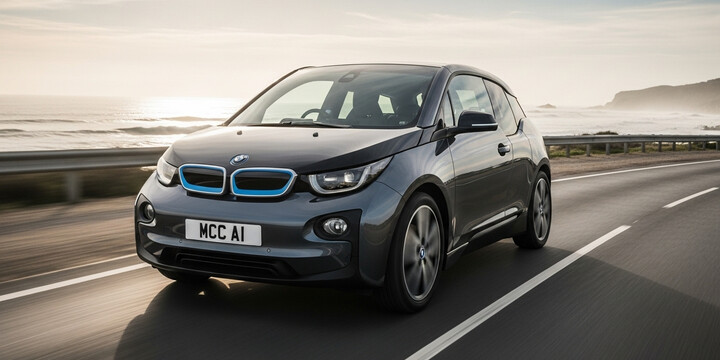
BMW I3 HATCHBACK (2017-22)
The BMW I3 HATCHBACK (2017-22) is a compact and innovative electric vehicle that’s perfectly suited for urban drivers and eco-conscious commuters. As a hatchback, it offers practical versatility with a stylish design, making it an ideal choice for city dwellers, first-time drivers, or those seeking a zero-emission journey. The high popularity on MyCarCheck.com—with over 5,800 look-ups and nearly 2,800 unique VINs—shows its strong presence in the UK market. Typically, these vehicles have driven just under 30,000 miles and are valued around £18,850 in private sales, reflecting their appeal among used car buyers. Known for its smooth electric drive, the BMW I3 HATCHBACK (2017-22) delivers not only environmentally friendly mobility but also a distinctive design that sets it apart from other small electric cars.
What makes the BMW I3 HATCHBACK unique is its combination of modern technology, compact agility, and BMW’s reputation for quality. It’s often praised for its driving experience, efficiency, and innovative features, making it a popular choice not only for city commuting but also for those looking to minimize running costs. When compared to similar electric cars, the I3 is celebrated for its stylish appearance and reliable performance. If you're searching for a used electric vehicle that stands out in design and utility, the BMW I3 HATCHBACK (2017-22) remains an excellent option for environmentally-minded drivers in the UK.

average use
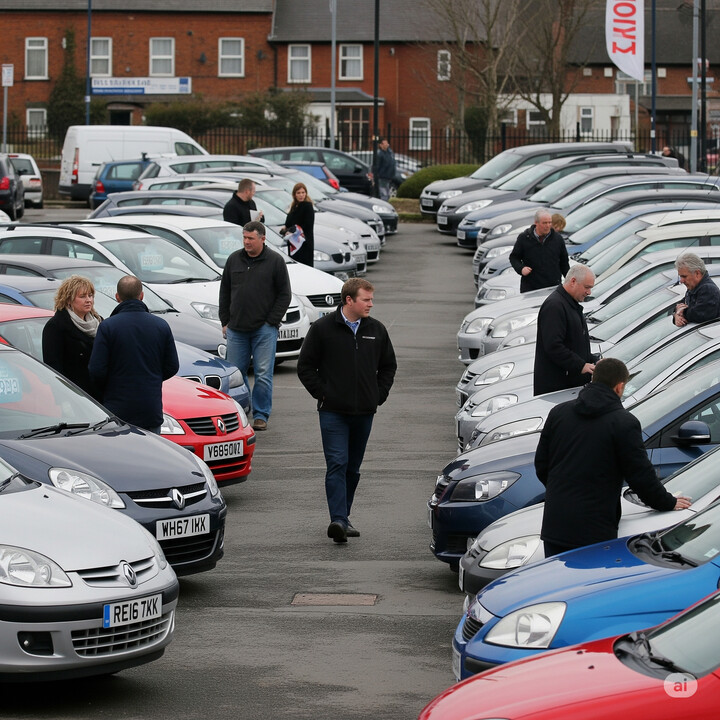
The most recent mileage readings for the BMW I3 Hatchback (2017-22) show a diverse spread across various mileage ranges. The largest proportion of vehicles, around 26.6%, has recorded between 20,000 and 30,000 miles, indicating this as a common mileage bracket. Notably, a significant 16.9% of vehicles show mileage between 10,000 and 20,000 miles, suggesting many are relatively low mileage. Conversely, only small percentages (less than 4%) are recorded in higher mileage brackets like 70,000 miles and above, with less than 1% surpassing 100,000 miles. The data suggests a trend towards lower to moderate mileage, with very few high-mileage vehicles, reflecting the vehicle's role likely as a city-friendly electric model with typical usage patterns.

vehicle values
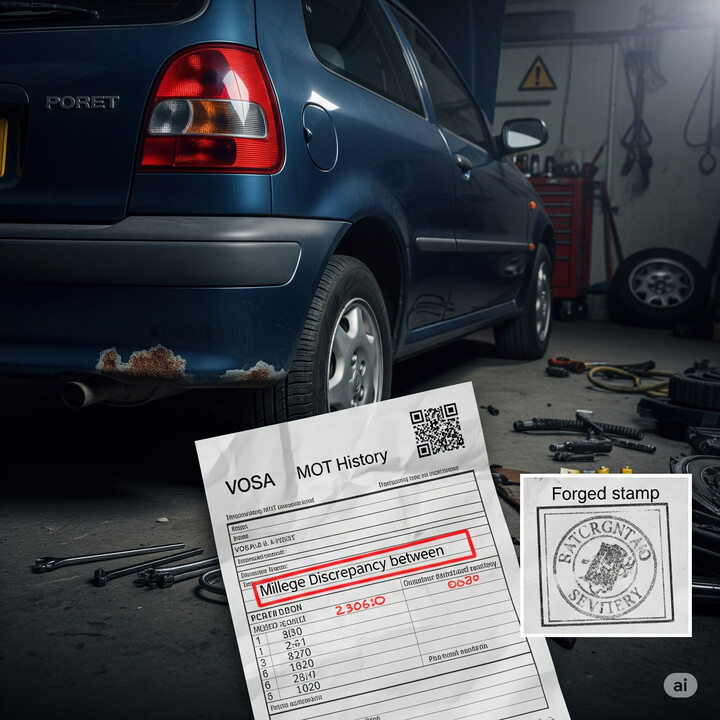
The data on private sale prices for the BMW I3 Hatchback (2017-22) reveals a concentration of sales within the £8,000 to £12,000 range, accounting for a significant proportion of transactions—particularly between £9,000 and £10,000 (17.6%) and £10,000 to £11,000 (16.3%). Notably, very few vehicles are sold below £5,000 or above £14,000, indicating a relatively narrow and centralized price distribution. The clustering around the £8,000 to £12,000 bracket suggests this range is typical for private sales, with higher or lower prices being comparatively uncommon.

production years
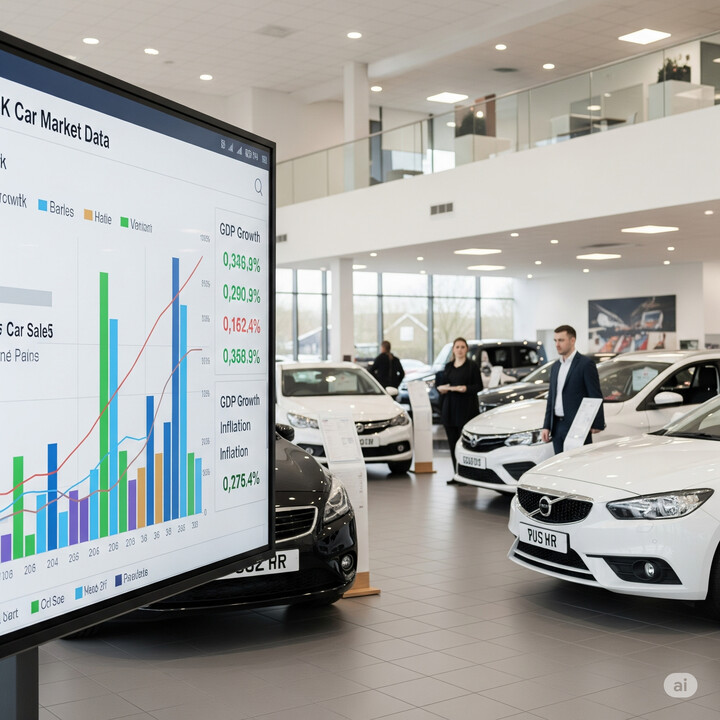
The data indicates that among BMW i3 Hatchbacks (2017-2022), the most common year of manufacture is 2018, accounting for 26.2% of the vehicles. Vehicles from 2018 and 2020-2019 are also well represented, each comprising around 20-21%. The 2021 models make up approximately 16.9%, whereas 2022 models represent a smaller share at 13%. Notably, vehicles from 2017 are relatively rare, constituting only 2%, suggesting they are less prevalent within this sample. Overall, the data suggests that the 2018 model year is the most common among these vehicles, with a steady presence of models from the recent years up to 2022.

colour popularity
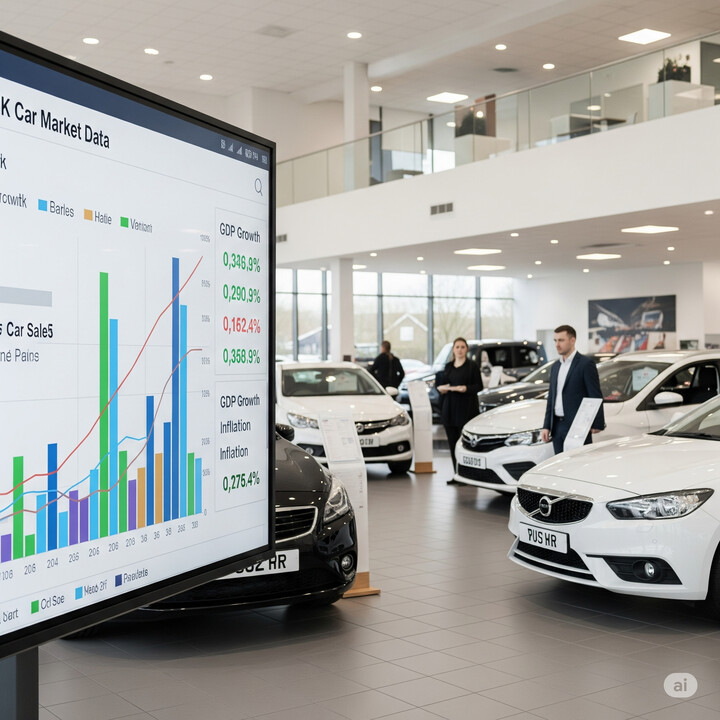
The data indicates that the most common main paint colours for the 2017-2022 BMW I3 Hatchback are White (29.6%), Blue (25.6%), and Black (18.9%), collectively accounting for over 73% of the vehicles. Grey also has a notable share at 16.3%. Less common colours include Red (5.6%), Beige (1.7%), Gold (1.3%), Silver (0.7%), and very few in Purple (0.3%). This suggests a strong preference for classic and neutral colours among owners, with white being the most popular choice by a significant margin.

ownership cycle
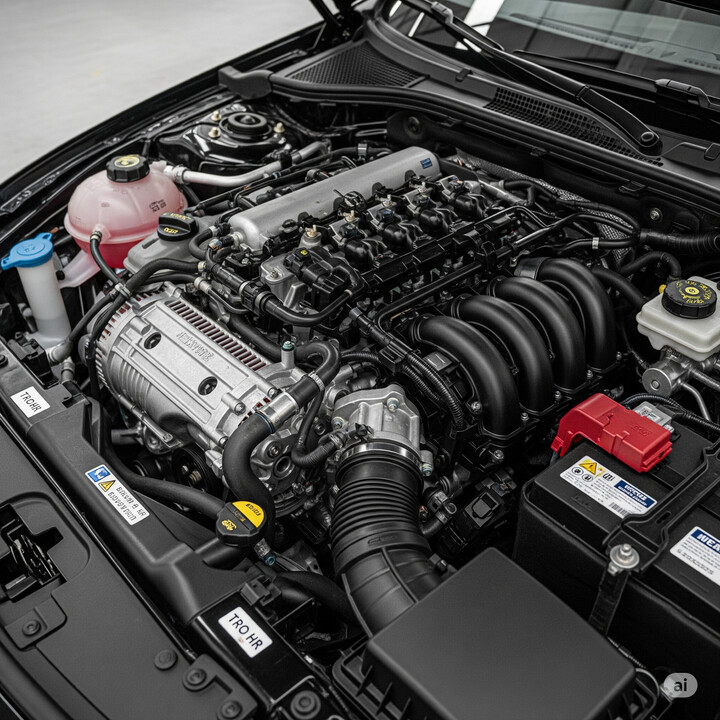
The data shows that the majority of BMW i3 Hatchbacks (2017-22) have had either one or two registered keepers, accounting for approximately 70% of the vehicles. Specifically, about 24.9% have had only one keeper, while 45.2% have had two. Vehicles with three or four keepers are also quite common, representing around 22.6% and 5.3% respectively. A small proportion, just under 1%, has had six or more keepers. These patterns suggest that most owners tend to retain their vehicle for a reasonable period, with relatively few vehicles changing hands frequently multiple times.

engine choices

The data for BMW I3 Hatchbacks (2017-22) indicates that a significant majority—78.7%—are electric vehicles, with the remaining 21.3% being hybrid electric models. Interestingly, engine capacity is largely unspecified, with 78.7% of vehicles listed as "Not Available" and only 21.3% recorded as having a 600cc engine. This likely reflects the electric nature of most vehicles, where traditional engine capacity is less relevant or not documented. Overall, the BMW I3 in this period predominantly appears as an electric vehicle, highlighting its role in the transition towards sustainable urban mobility.












